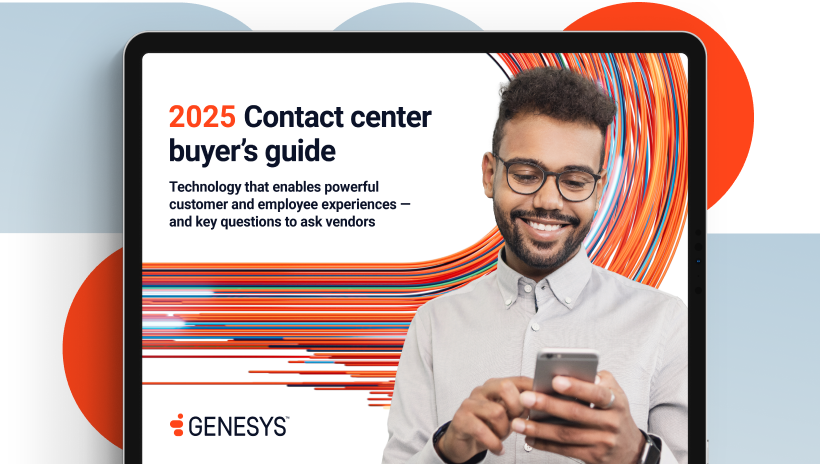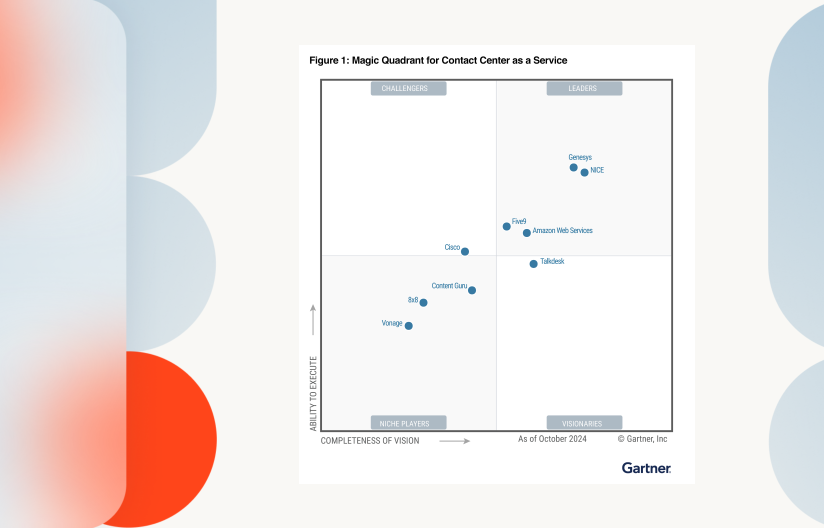Common pitfalls and how to avoid them
First, make sure everyone is using the same definition of “customer journey.” The term “customer journey” is used so frequently these days that it’s difficult for some to remember what it really means. A customer journey is the sequence of steps a customer takes to achieve a goal that delivers value to themselves and the business.
Despite the best efforts of hundreds of software vendors and consultants, a customer journey is not:
- A marketing campaign
- A single interaction, such as completing a purchase or placing a support call
- A set of sequential clicks, like opening an email, clicking a link, viewing a page and submitting a form
- An internal process created by the company for the customer
In addition, customer journeys should not be defined by the length of time or even the channels involved. They vary depending on the customer’s goal.
Next, make sure you identify the journeys that matter to your customer. Customers can exhibit different behavior; no two customers take the same exact path across touchpoints. The key is to identify the goals your customers are trying to achieve, then align them with your organization’s goals.
For instance, the journeys a customer takes to renew or upgrade a service are critical to the success of a telecom provider striving to retain customers and maximize customer lifetime value. Initiating automatic loan payments may be a crucial journey for a financial services institution attempting to reduce the cost of collecting overdue payments.
Once you establish the goals that matter most to your customer and your business, identify the significant steps that indicate progress toward those goals. For instance, a mortgage journey encompasses several milestones, from assessing options to submitting an application to paying the first bill.
Also, make sure you properly define your metrics for success, as we discussed above. Measuring success always starts by putting your customer first. From their perspective, define what it means to achieve their goals.
For a health insurance member, that may mean a new dependent, such as a spouse or a newborn, is officially insured. Or, a wireless customer may define success as restoring internet service after an outage.
Identify the KPIs that act as signals or indicators along the journey that predict whether or not your customers are likely to achieve their goal. Some examples include the number of repeated steps, abandonment rate and digital leakage rate.
Define what success looks like for your customer and your organization. This is where internal metrics such as self-service containment rates, abandonment, churn and others can be leveraged. Remember, these metrics should capture the value your customers want to get out of their journey and the company goals associated with it. They also play a role in helping you measure customer behavior and directly link CX metrics to the outcomes that matter most to your business.
Finally, align customer journeys to your business outcomes, not just customer goals alone. Identifying your high-priority objectives will help you measure company success at the broadest level and crystallize what success looks like for your customer journey management framework.
Take your customers’ goals, the success metrics you’ve defined and map those to their corresponding business outcome. Consider the key outcomes that will make your enterprise successful, such as average revenue per user, assets under management, retention rate and cost to serve. This way, it’s clear which journeys impact not only CX metrics, but the crucial outcomes your specific enterprise is measured by.




